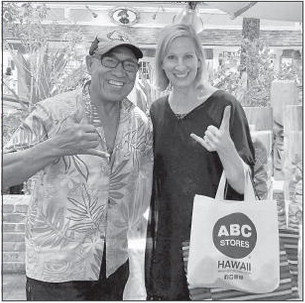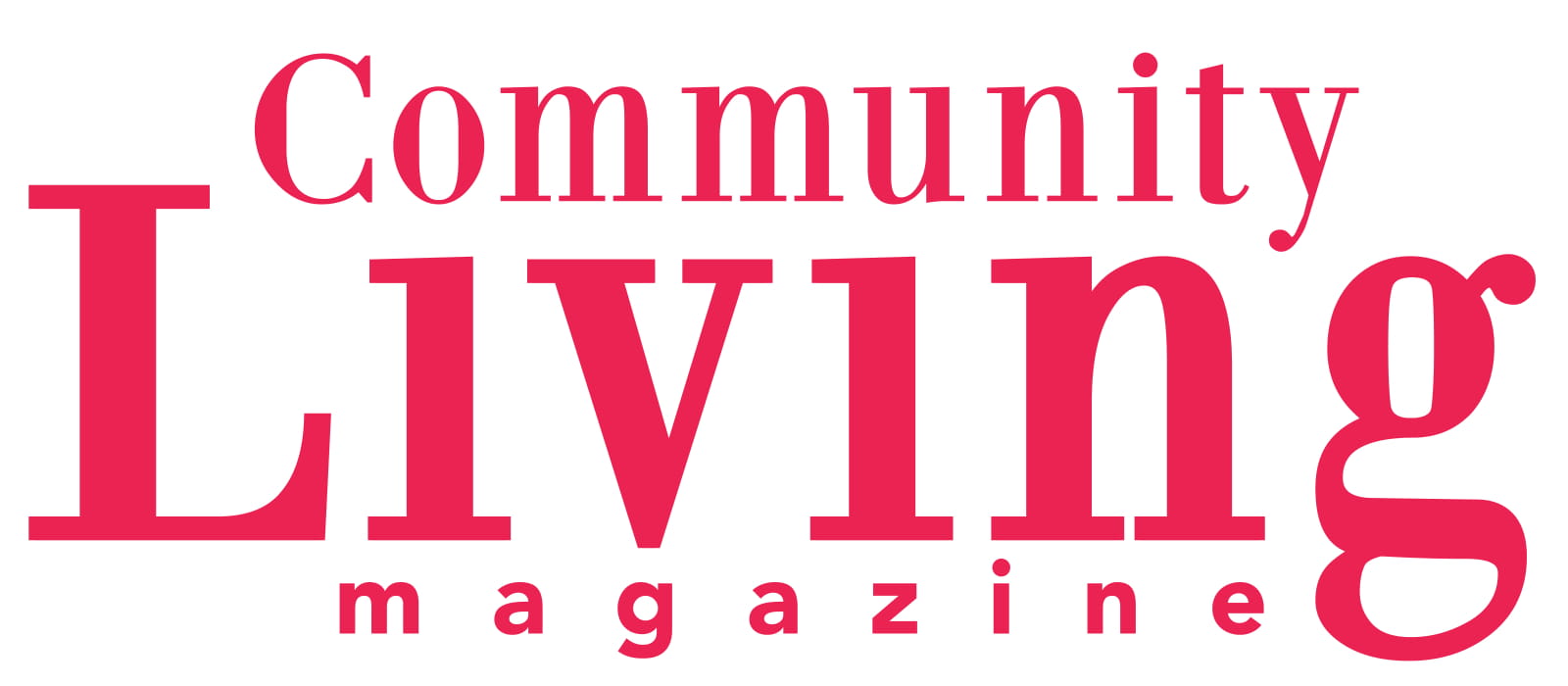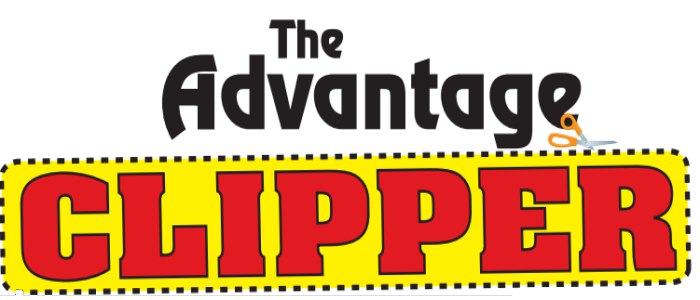Talking With Our Hands


When my husband and I were in Hawaii a few years ago, we stopped and bought a souvenir for my sister from a wood carver— a beautiful carved whale’s tale that I thought Audrey would like. After we agreed on a price, I asked the craftsman to pose for a photo with me near his carvings. “Make this symbol with your hand,” he said, flashing his own hand in what looked like an easy gesture. I tried. Lord knows, I tried. But my fingers just wouldn’t cooperate. They stuck out at odd angles like I was trying to play some invisible instrument I’d never seen before. The craftsman laughed and grabbed my hand. He gently bent my fingers down into place. “This is how you do it,” he said, his calloused fingers guiding mine into the right position.
That Hawaiian hand sign, known as the “shaka,” is a gesture of friendship, goodwill, and the spirit of Aloha. You extend your thumb and pinky while curling down the three middle fingers. It means “hang loose,” “things are great,” or just plain “thank you.” Standing there with that patient wood carver, repositioning my stiff fingers, I realized something: Our hands do a whole lot of communicating for us. We’re all speaking a kind of sign language every single day, whether we realize it or not.
Let’s start with one of my favorites: the peace sign. Now, I know it’s a hippie holdover from the 1960s, but I still love it, because I’m one of those dreamers who wish for peace—peace at home, peace in America and peace throughout the world. You make it by holding up your index and middle fingers in a V-shape while keeping the other fingers tucked down. It’s simple, it’s hopeful, and every time I see it, I think maybe we haven’t given up on getting along after all.
Being a Star Trek fan, I’ve got to mention the Vulcan salute. You separate your fingers into two pairs—the ring and middle fingers together, the pinky and index together—while keeping your thumb out. “Live long and prosper,” Mr. Spock would say. continued from page
Leonard Nimoy, who played Spock, actually borrowed this gesture from a Jewish blessing he remembered from his childhood, thus combining the cosmos with religious tradition. When I was a little girl, I walked around with my fingers arranged in this way because I was a Star Trek nerd.
The okay sign is one everybody knows—make a circle with your thumb and index finger, keep the other three fingers up. It means everything’s fine, A-OK, good to go. Though in these days of the internet and social media, you’ve got to be careful where you flash this one because there are some alarming alternate meanings.
Over in Texas, some of my husband’s biological family members flash the “Hook ’em Horns” sign— index and pinky out, middle and ring fingers tucked with your thumb like the horns of Longhorns. It’s known around the world as the symbol for University of Texas pride.
Then there’s the classic thumbs- up— everything seems to be going well. Flip that thumb sideways, stick it out toward the road, and you’ve got the hitchhiker’s signal, though you don’t see that as much these days.
Now, the middle finger— giving the bird, flipping someone off. We were not allowed to make this symbol when I was growing up. Mom said it was vulgar, and she was right. Still is! But we’ve all seen it, especially when we are driving.
And finally, the wave— the simplest of them all. Open your hand, move it side to side, and you’ve said hello or goodbye without uttering a word.
It’s funny how much we can say without saying anything at all. In a world that can feel so divided, these simple gestures remind us that we’re all trying to say the same things: I’m here. You’re here. And we’re going to be okay.

From the PorchBy Amber Nagle





out of
Posted on